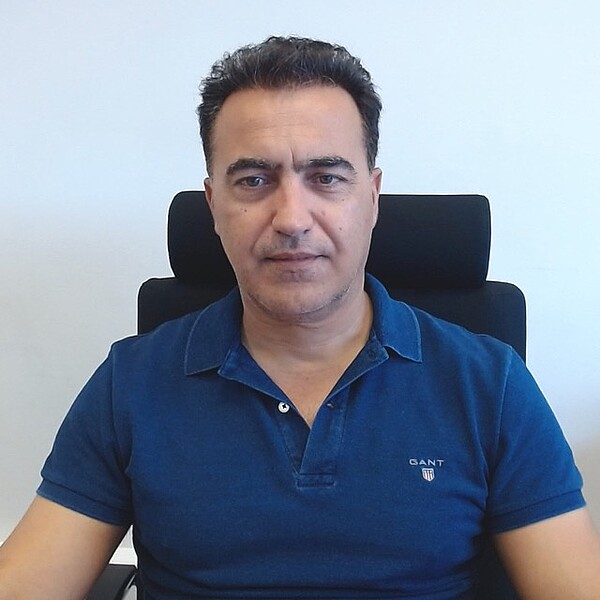
ARTinED online: A new approach to education using the arts
The development of creative abilities is vital for survival. Teaching in a creative way is essential to make learning a process that all students can enjoy and benefit from. European education has a critical need to find a way to weave creativity within education settings. Teaching and learning by embedding the arts into the school curriculum is the answer.
Needs addressed:
Gardner's multiple intelligence theory presents the arts as distinct modes of thinking that fall under the umbrella of intelligence. Four of Gardner's intelligences are arts domains: verbal (literary arts), visual/spatial (visual arts), musical, and body/kinesthetic (dance/drama).
School systems that rely on teaching primarily through the spoken and written word do not reach those students who struggle with curriculum and instruction based primarily on verbal proficiency, as they may have other kinds of intelligence different from verbal and logical. Learning curricular subjects through multi-art forms gives those students an opportunity to learn and explore their potential.
But the arts are not useful only to those who struggle with learning based on verbal proficiency; they are a precious resource for any kind of student.
As more teachers use the motivation and communication powers of the arts, reports of increased concentration, more cooperation, better comprehension, and greater self-esteem among students are increasing.
Significant arts involvement changes how children think and how they feel about learning. This is reflected in test scores and in vast quantities of survey, interview, observation, and anecdotal evidence.
This is because arts integration creates a highly stimulating learning environment featuring arts materials, tools, and strategies to increase the possibilities for sensory inputs. In arts integration, it is common for students to work in groups and to be out of their seats. For instance, drama and dance allow students to move and learn kinesthetically.
Arts involve emotional intelligence, and brain changes are most extensive and powerful when emotion is part of learning. The chemicals of emotions modify synapses, and modifications of synapses are the very root of learning. Furthermore, by offering innumerable opportunities for experiential, sensory learning that engages the emotions—essential to long-term memory—the arts become a tool to retain the curriculum’s learning contents. The arts are arguably the most important tool a teacher has to engage the emotions. Examples of using the arts to teach curricular subjects: teaching math through sculpture, chemistry through dance, history with painting, science with music, geography with drama.
Project target groups
The ultimate beneficiaries are primary school children in Europe. The target groups also include primary school teachers, school authorities, and curriculum experts. To face today’s challenges, it is crucial for teachers to have educational tools that help them to work more collaboratively and more creatively. With the arts, they develop deep thinking and become more open and flexible.
Teachers involved in art integration are more likely to participate in professional development and acquire a broader repertoire of teaching strategies. By using the arts within their daily teaching, they promote a more joyful, relaxed, and stimulating learning environment. Furthermore, they provide their students with a legacy of transversal competencies that will help them during their entire lives.
Project objectives
- eARTinEd expanded the research and resources created in the ARTinED project 2011, also by providing a much-awaited distance learning course. ARTinED was extremely successful, receiving praise and the maximum score from the experts of the European Commission. The project activities were tested by a crowd of enthusiastic teachers who were waiting for updates and new resources. Exploitation of the project was very effective indeed. A result is visible in Sweden, where the leader institution of the present application is currently working along with the Ministry of Education, regional and local authorities, on developing a school in Sweden based on the ARTinED methodology. The school would act as a catalyst for innovation for the entire country and would contribute to including new concepts in education.
- e-ARTinED organized the previous didactic materials into a systematic didactic set, expanding also on two new subjects: “Social inclusion through the arts” and “Exploring nature through the arts.” Collective piloting events helped to test and evaluate the new resources. e-ARTinED created and delivered a 4-month online course for teachers across Europe from different and distant geographical areas, thus allowing teachers from any corner to experiment with the project’s exciting, inspiring, and effective methodology and practices. The ARTinED Community of Practice was also created and contributed substantially to the project's sustainability.
Contract Info
Funding Programme:
ERASMUS+
Period: 2015 - 2018
Lab Funding: €68K
Contract No:
2015-1-SE01-KA201-012267



